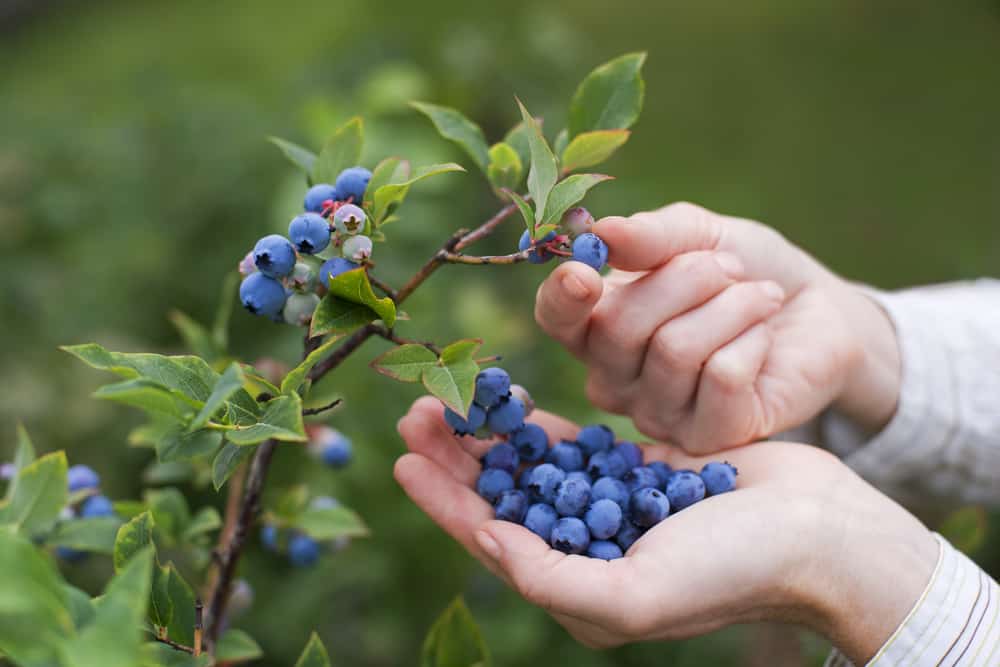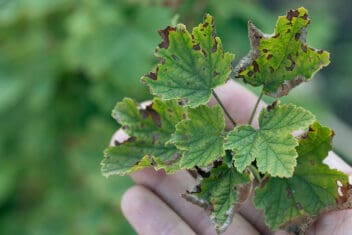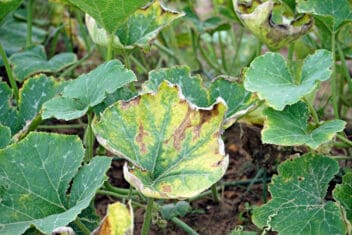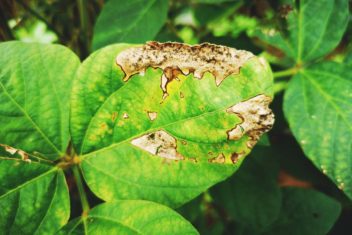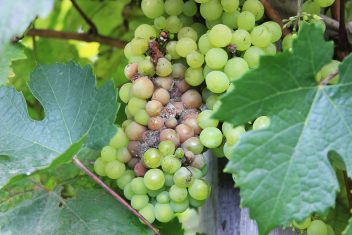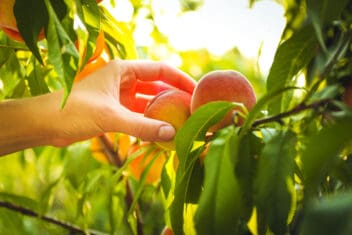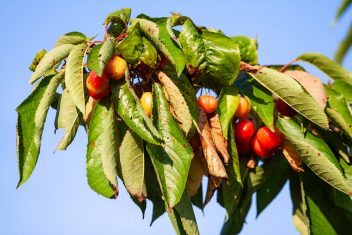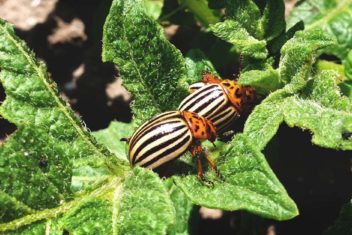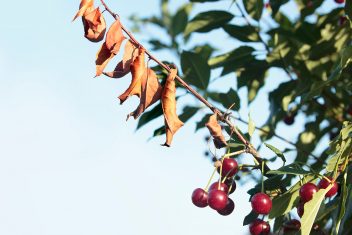Considering how prolific blueberries can be in the wild, they should be super-easy to grow at home too, right? Wrong-o. Although many berry bushes are fairly easy to cultivate, these indigo gems are not among them. Read on to discover some of the most common problems growing blueberries and how to sort them out.
What Problems Can You Encounter When Growing Blueberries?
A surprising number of things, actually. Blueberries require a fair amount of TLC and can be affected by several issues. Some involve pathogens or pests, while others are caused by insufficient light, nutrients, water, etc.
If you’re having issues growing blueberries, determine which of these symptoms you’re dealing with. By doing so, you can sort out the best course of action to move forward.
Do plenty of research before planting anything so you get optimal cultivars for your growing zone and local climate. Buy disease-resistant varieties, and offer them the best soil possible.
Ultimately, we do the best we can and hope that we’ll be able to get a good harvest every year. Just don’t beat yourself up if any (many?) of these issues pop up. This is a learning experience for everyone, and every perceived “failure” is an opportunity to grow better next season.
For tips on how to make your blueberries thrive, head on over to our comprehensive guide.
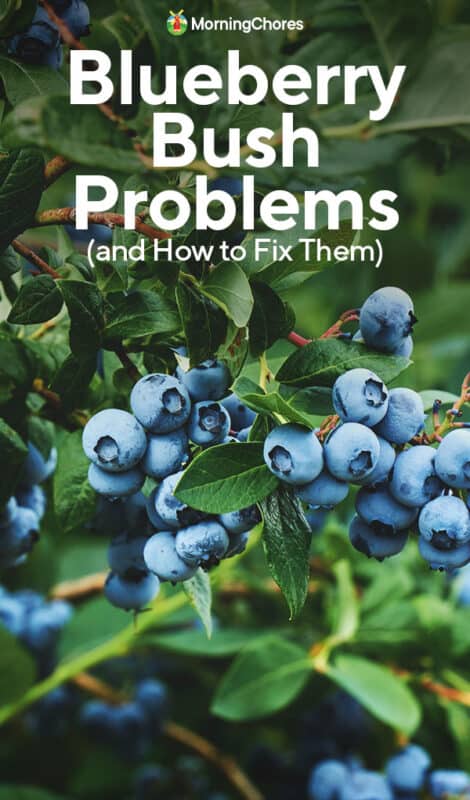
1. Failure to Thrive, No Flowers or Fruit
Are your blueberry plants not growing? Maybe they’re stunted, and you haven’t seen any growth in weeks or even months. Alternatively, they might be growing well but aren’t producing flowers or fruits. These issues are quite common and can have a few potential causes.
Like most other plants, blueberries have preferences when it comes to what they’re plunked into. They need well-draining, loose soil with plenty of organic matter, as they’re quite heavy feeders. Furthermore, like most other berry plants, they need acidic soil with a pH of 4.5–4.9 in order to really thrive. In improper soil, the plants may not flower or fruit at all.
Test the soil in the area to check its pH level, and amend if necessary. Remember that you can always remove the plants temporarily to work some sulfur, coffee grounds, or peat moss into it to increase its acidity.
If the soil is too sandy or otherwise depleted, make sure to work a lot of well-aged compost into it. Blueberries also love worm castings, so a vermicomposting system would be ideal to help feed them regularly. You can also give your plants regular deep drinks of compost tea to keep them well fed.
2. Leggy Plants, No Flowers or Fruit
These plants require several hours of full sun daily—if they don’t get enough, they just won’t thrive. Many people plant their berry bushes around the periphery of their land, assuming that they’ll get just enough light to be able to grow. Sure, you might get some rudimentary growth, but they won’t flower or fruit.
One of the most important reasons why we try to observe land for a year before growing anything is so that we can see lightfall from season to season. A patch that gets plenty of sunshine in January might be completely shaded out in June because of full tree foliage nearby.
If you’re uncertain about where the sunniest patches on your property might be, then plant your blueberries in containers. These can be moved about as needed for optimal light exposure.
3. Stunted Plants, Dying Foliage
Blueberry roots need to be consistently moist throughout the entire growing season. If they get inconsistent watering, the plants can get stressed and won’t flower or fruit. Make sure to test the soil regularly to ensure that it isn’t drying out. If you’re expecting periods of hot, dry weather, then set up an irrigation system so the roots are consistently watered at the soil level.
In contrast, the plants don’t like to have “wet feet” either. If your soil is sufficiently well-draining, then it should prevent the roots from rotting in overly wet earth. This is why it’s so important to prepare the soil well before planting anything!
4. Blistered, Red, and Falling Leaves
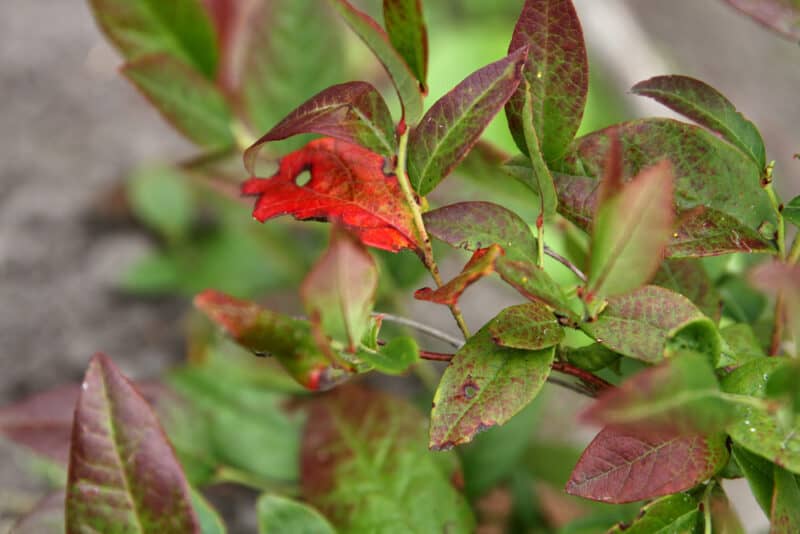
Another potential issue is when leaves turn red during the growing season. Sure, this hue is expected in autumn because the roots are re-absorbing delicious nutrients, but it shouldn’t happen during the spring or summer.
Blueberry leaf scorch (Xylella fastidiosa) is a bacterial virus that causes leaves to look burnt. It’s transmitted by aphids and can affect blueberry, cranberry, and Saskatoon berry plants.
Instead of the gradual reddening that happens in the fall, the leaves look like someone’s taken a magnifying glass to them on a sunny day. Leaves blister, redden, brown, and fall off. Fortunately, this is a slow-developing issue that can be treated quite easily.
Remove affected plants and burn them. Then get some cultivars that are certified virus-free, such as ‘Olympia,’ ‘Bluecrop,’ ‘Ivanhoe,’ ‘Concord,’ ‘Reka,’ ‘Puru,’ ‘Nelson,’ or ‘Bluetta.’ After that’s done, take steps to keep your garden as aphid-free as possible to prevent re-infestation.
5. Flower and Leaf Death Before Recovering
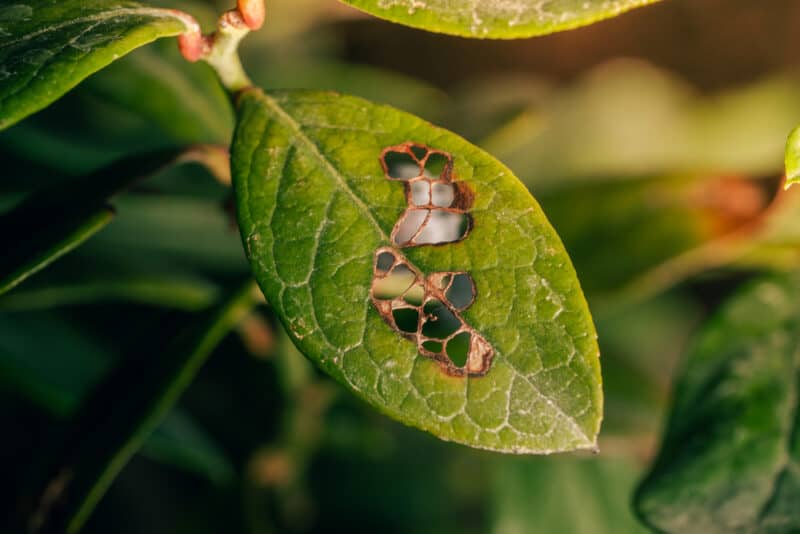
Blueberry shock virus (BlShV) is transmitted via infected pollen that’s carried by bees, butterflies, and other flying pollinators. It’s one of the many problems growing blueberries that is rife throughout the Pacific Northwest, from southern Oregon through to British Columbia and Southern Alaska.
Symptoms are almost identical to blueberry leaf scorch, except that the plants often recover and have a second foliar flush later in the season. In fact, they might even go on to bear fruit.
There’s no “cure” for this virus other than to let it run its course. Most plants exhibit symptoms for a few concurrent years and then develop an immunity to it.
6. Brown Blotches On Stems and Leaves
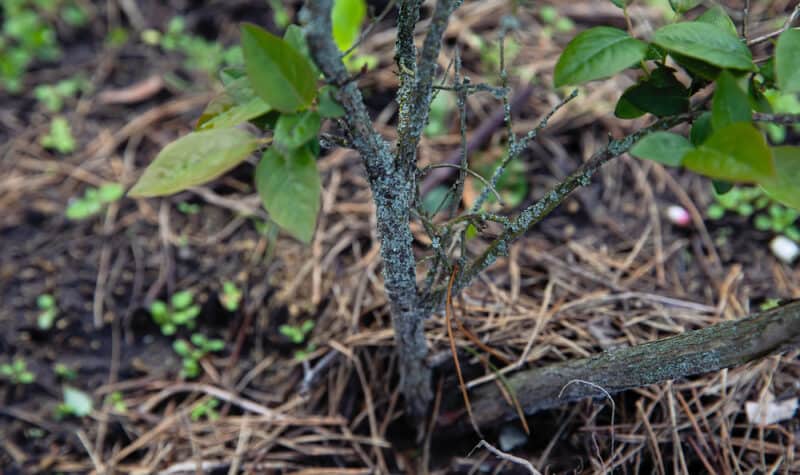
Stem canker is a fungal disease (Fusicoccum putrefaciens) that starts off as brown blotches on your blueberry plants’ stems and spreads out to attack the leaves as well. The blotches may turn grey
Unfortunately, although this is a fungal disease, fungicides don’t work well to eliminate it. Try a broad-spectrum anti-fungal treatment. Beyond that, all you can do is prune vigorously and hope for the best.
Sterilize your garden snips and prune your bushes six inches below the lowest stem discolorations. Then burn whatever you’ve pruned off so the fungus doesn’t spread. With any luck, you might avoid having to kill your entire crop. In the future, try to buy disease-resistant cultivars whenever possible.
7. Plants Aren’t Producing Berries
Do you only have one blueberry bush? If so, that’s probably the main issue. It’s one of the common problems newbies have when growing blueberries.
Blueberry bushes are monoecious (they have both male and female organs in their flowers) and are thus considered self-fertile. That doesn’t mean that they’ll be healthy reproducing solo, however. They do far better when there are other plants nearby for cross-pollination.
When there’s abundant pollen from other plants, blueberries produce larger, sweeter, healthier fruit. Basically, it’s expanding the gene pool for optimal offspring.
Another important thing to do for your plants’ health is to prune the branches back at the end of the harvest season. This will encourage new, healthy growth and abundant fruit the following spring.
A final reason why your plants might not be fruiting is that they’re just too young. It can often take several years for blueberry bushes to start producing sizeable yields. Be patient, and the berries will come.
8. Berries Have a Grainy Texture or Sour Flavor
Grainy fruit texture is generally caused by inconsistent watering. Blueberry bushes are thirsty plants and need a lot of water in order to produce juicy, delicious berries. Graininess occurs when the bushes haven’t had enough water during their fruiting phase. Thus, the berries end up with dense, fibrous, and often tasteless flesh instead of sweet juiciness.
Be sure to water your plants consistently and you should be able to avoid this issue!
As for sourness, that’s usually caused by harvesting berries before they’ve had a chance to fully ripen. You’ll know they’re ready to be plucked when they’re deeply pigmented, yield to a gentle squeeze, and come off the plant easily when pulled.
9. Yellow Stippling on Leaves, Frequent Diseases
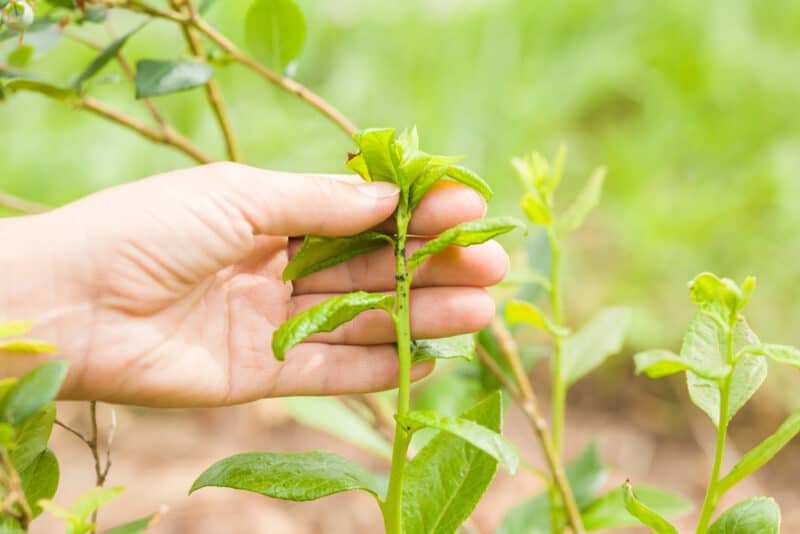
While aphids don’t cause a great deal of damage to the plants per se, they do carry a startling number of illnesses. We mentioned the scorch and shock viruses above, but they can carry several others as well. Keep grass well mowed around your bushes, and try to encourage ladybug presence as enthusiastically as possible to keep aphid numbers down.
10. Holes In or Missing Leaves
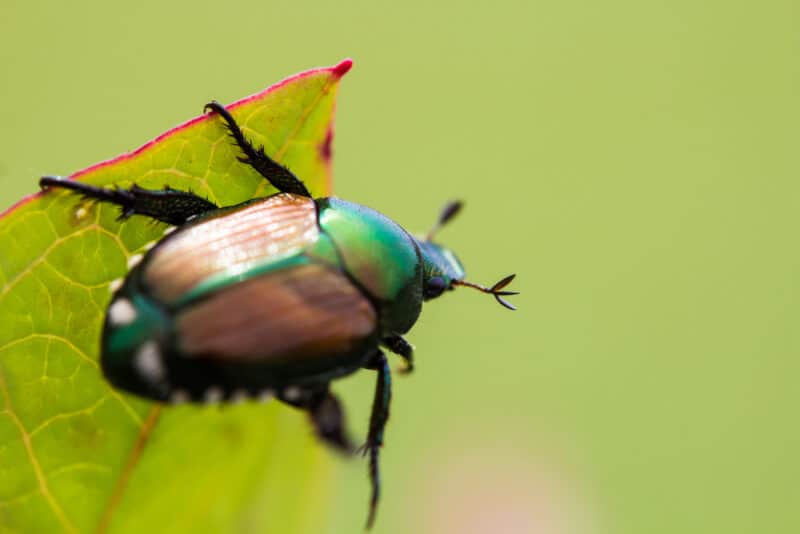
Both Japanese beetles (Popillia japonica) and flea beetles (family Chrysomelidae) can be major problems when growing blueberries. They will chew the foliage off your leaves. They might start with little holes, but can skeletonize your bushes in a matter of days. Row covers can keep the majority of pests off your plants, and any interlopers can be fended off with insecticidal soap and neem oil.
11. Holes in Berries
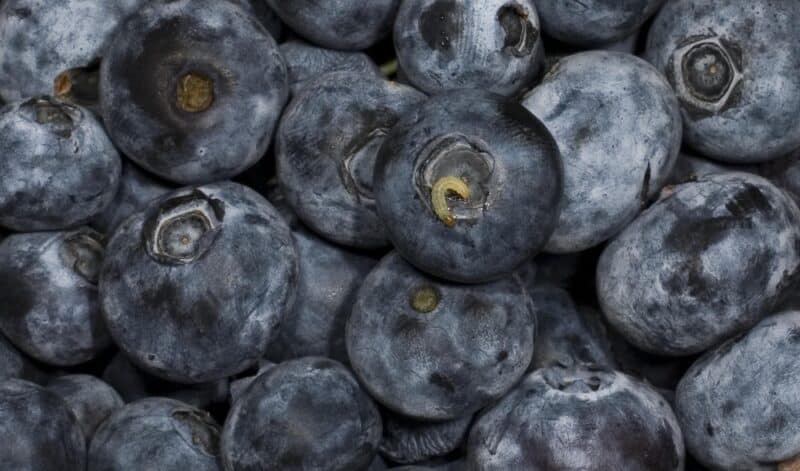
Blueberry maggots (Rhagoletis mendax) are fly larvae that munch away at the berries, leaving huge holes in them and basically rendering them inedible. Even worse, smaller ones might burrow right inside them, offering you a nasty surprise if you bite into one. Floating row covers and neem oil can come to the rescue here as well.
12. Missing Berries
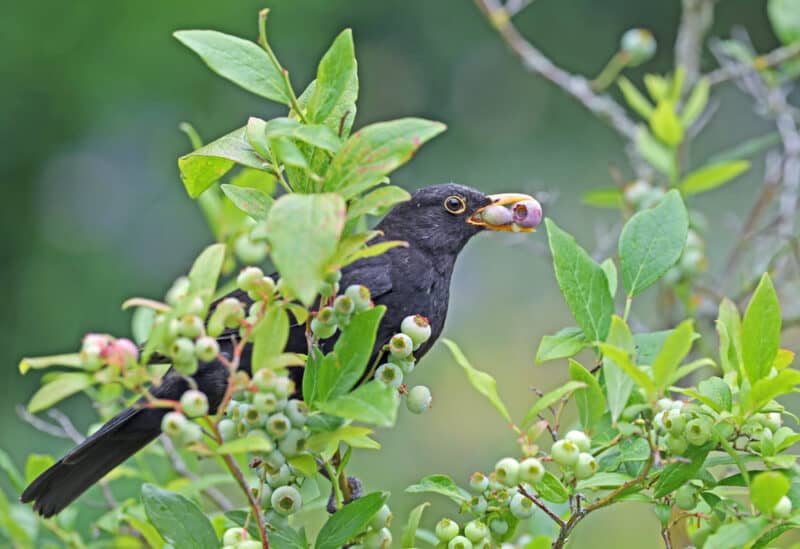
If you’ve ever run out into the yard in your underpants, shrieking at birds or squirrels to get the hell away from your berry bushes, you’re not alone. Animals can strip all the fruit off bushes in no time flat, leaving us sad and bereft of blueberries.
Row covers and bird netting can keep birds away from the berries fairly easily. Squirrels and other small creatures can be a bit more of a problem. You can either fence in your berries with fine-gauge steel mesh, or scatter predator poop around the area to scare the critters away.
13. Leaf Drop
One important thing to note is that sometimes problems growing blueberries stem from random weather glitches rather than viruses or neglect.
For example, my blueberry bushes dropped all of their leaves after a freak July hailstorm a few years ago. An unexpected period of heavy rain can cause fruits to split or can wash vital nutrients out of the soil.
Additionally, even if you take care to wrap your bushes in burlap and mulch in prep for winter, that doesn’t mean they’ll be safe from animals during the cold season. Mice and other small rodents may burrow into the soil and nest among the roots, for example.
